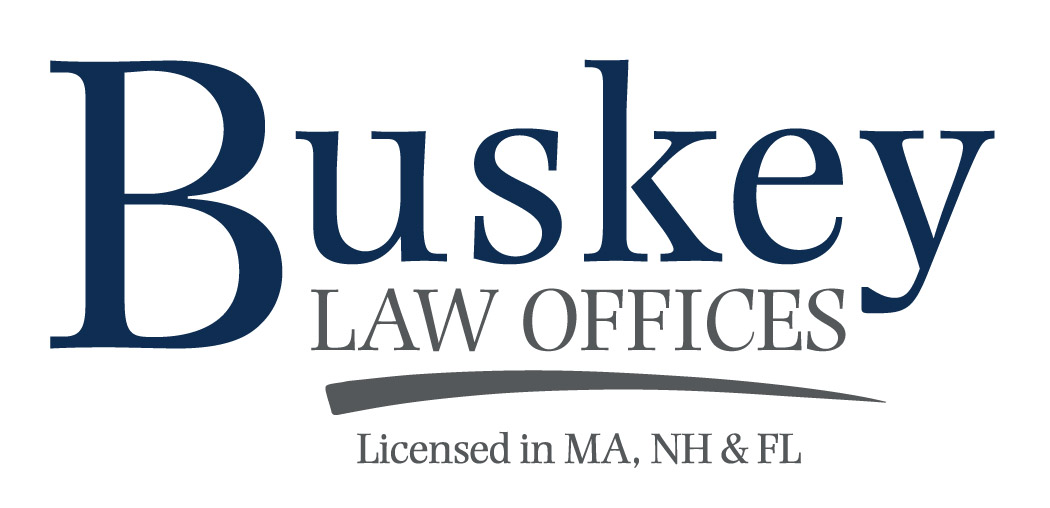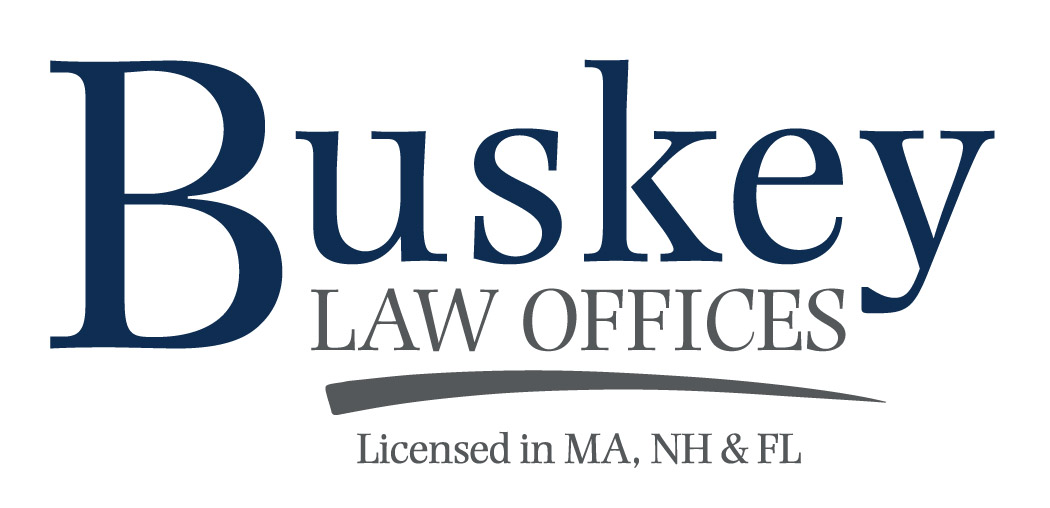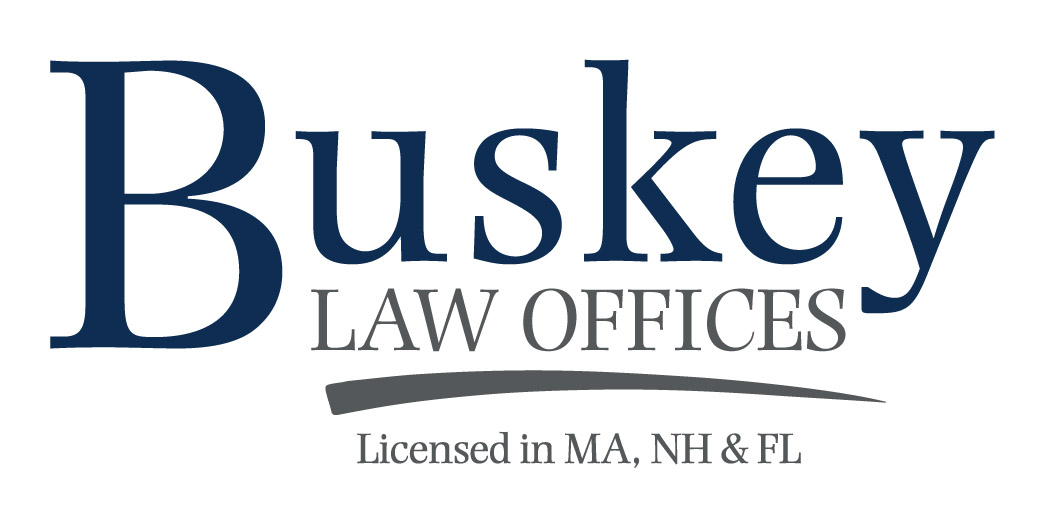When was the last time you updated, or even reviewed, your beneficiary designations for your retirement plans or life insurance? Periodic reviews are a good idea for several reasons.
Companies are human too, so sometimes these forms get lost or misfiled. Asking the company to provide you with a copy of your form is a good way to ensure they have the correct one in your file.
Also, if your named beneficiary has predeceased you, unless you have a living contingent beneficiary, the retirement plan or insurance proceeds will most likely be payable to your estate. This will necessitate opening probate with the court, even if you have taken other steps to avoid probate in the administration of your estate.
When updating a beneficiary form, consider the consequences of a beneficiary predeceasing you and provide for this scenario on the form. For example, if you name your two children as beneficiaries, and one predeceases you, what happens to the deceased child's share? Does it go to his or her children, your surviving child or your probate estate? The answer to this question should be clear on the face of the form.
One trick to ensuring that the proceeds are paid to the surviving child in the example above, is to leave the percentages blank. Most forms indicate that the proceeds are to be divided equally among the beneficiaries that are still living if there are no percentages assigned to the beneficiaries. Do this even if the form implies that percentages are required - in most cases, they are not.
Also, many forms now have a "check the box" option to leave proceeds to the descendants of a deceased beneficiary if that is your intention. Sometimes this option will provide for a "per stirpes" distribution or "by right of representation". Both of these phrases require the distribution of a deceased beneficiary's share equally to his or her children.
Beneficiary designation forms may appear to be simple and straightforward, but in reality, they have several traps for the unwary.
Companies are human too, so sometimes these forms get lost or misfiled. Asking the company to provide you with a copy of your form is a good way to ensure they have the correct one in your file.
Also, if your named beneficiary has predeceased you, unless you have a living contingent beneficiary, the retirement plan or insurance proceeds will most likely be payable to your estate. This will necessitate opening probate with the court, even if you have taken other steps to avoid probate in the administration of your estate.
When updating a beneficiary form, consider the consequences of a beneficiary predeceasing you and provide for this scenario on the form. For example, if you name your two children as beneficiaries, and one predeceases you, what happens to the deceased child's share? Does it go to his or her children, your surviving child or your probate estate? The answer to this question should be clear on the face of the form.
One trick to ensuring that the proceeds are paid to the surviving child in the example above, is to leave the percentages blank. Most forms indicate that the proceeds are to be divided equally among the beneficiaries that are still living if there are no percentages assigned to the beneficiaries. Do this even if the form implies that percentages are required - in most cases, they are not.
Also, many forms now have a "check the box" option to leave proceeds to the descendants of a deceased beneficiary if that is your intention. Sometimes this option will provide for a "per stirpes" distribution or "by right of representation". Both of these phrases require the distribution of a deceased beneficiary's share equally to his or her children.
Beneficiary designation forms may appear to be simple and straightforward, but in reality, they have several traps for the unwary.


